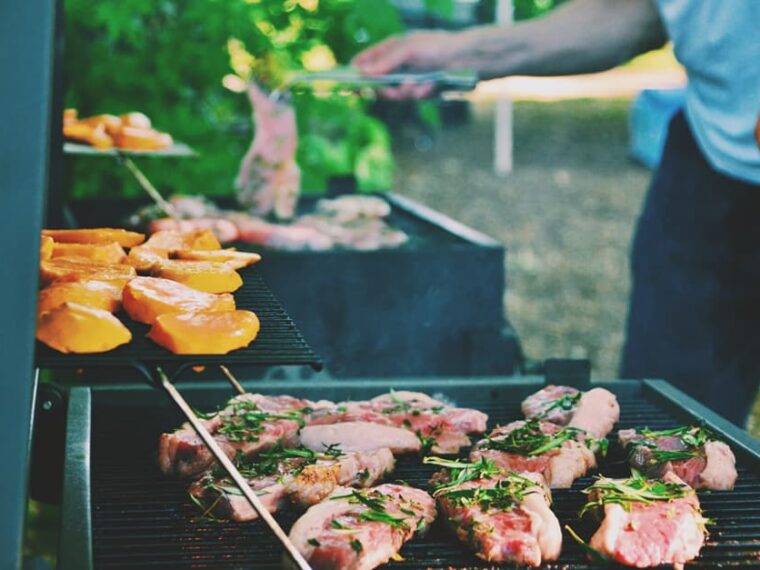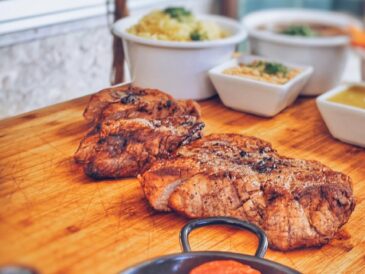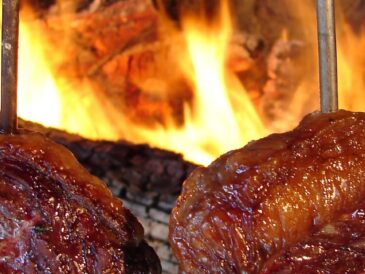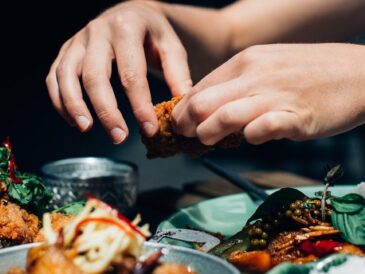Barbecue (BBQ) is more than just a method of cooking; it’s a culinary art form, a social tradition, and an opportunity to connect with nature while creating mouth-watering meals. From the choice of wood and fuel to mastering the perfect sear, every aspect of BBQ requires knowledge, patience, and a bit of flair. In this article, we’ll delve into expert techniques that will help elevate your BBQ skills to a professional level, ensuring that every meal you grill is a masterpiece.
The Foundation: Choosing the Right Equipment and Fuel
One of the fundamental aspects of mastering BBQ is selecting the right equipment and fuel. The grill you choose, be it charcoal, gas, or wood-fired, sets the stage for the flavours and textures you’ll achieve.
Charcoal vs. Gas vs. Wood: Which is Best?
Charcoal Grills are favoured by purists for their ability to infuse a rich, smoky flavour into meats. The key to using a charcoal grill effectively lies in managing the heat zones—direct heat for searing and indirect heat for slow cooking. Lump charcoal is preferred over briquettes for its natural composition and superior burn quality.
Gas Grills, on the other hand, offer convenience and control. They heat up quickly and allow for precise temperature adjustments, making them ideal for beginners or those short on time. However, gas grills may not impart the same depth of flavour as charcoal or wood.
Wood-Fired Grills provide an authentic, rustic BBQ experience. The choice of wood—oak, hickory, mesquite, or fruitwoods like apple or cherry—greatly influences the flavour profile. Wood grills require more attention, as the heat is less predictable, but the results are unmatched when done correctly.
Fuel Management: The Key to Consistent Heat
Regardless of the grill type, managing your fuel is crucial. For charcoal and wood grills, start with a well-arranged fire. Pile the charcoal or wood into a pyramid shape for efficient ignition, and allow it to burn until it’s covered in white ash—this signals that it’s ready for cooking. Maintain the fire by adding small amounts of fuel regularly, rather than dumping large quantities at once, which can cause temperature spikes and uneven cooking.
Mastering the Techniques: From Searing to Smoking
Once you’ve got the right setup, the next step is mastering the cooking techniques that are essential for BBQ success.
Searing: Locking in Flavour and Juices
Searing is the process of cooking the surface of meat at high temperatures to create a flavourful crust. This technique is especially important for cuts like steaks, which benefit from a good sear on the outside while remaining tender and juicy inside.
To sear properly, ensure your grill is preheated to a high temperature (around 450-500°F). Place the meat directly over the heat and avoid moving it prematurely. The goal is to achieve a deep brown, slightly charred crust. Once seared, move the meat to a cooler part of the grill to finish cooking through indirect heat.
Smoking: Infusing Flavour with Patience
Smoking is the art of cooking food slowly at a low temperature, surrounded by smoke from burning wood. This technique is ideal for tougher cuts of meat, like brisket or ribs, which benefit from the slow breakdown of connective tissues.
To smoke meat, keep the grill temperature low (around 225-250°F). Use wood chips or chunks that complement the meat—hickory for pork, apple for poultry, and oak for beef. Place the meat on the grill, away from the direct heat source, and close the lid to trap the smoke. Patience is key here; smoking can take several hours, but the result is a tender, flavour-packed dish.
Advanced Tips: Elevating Your BBQ Game
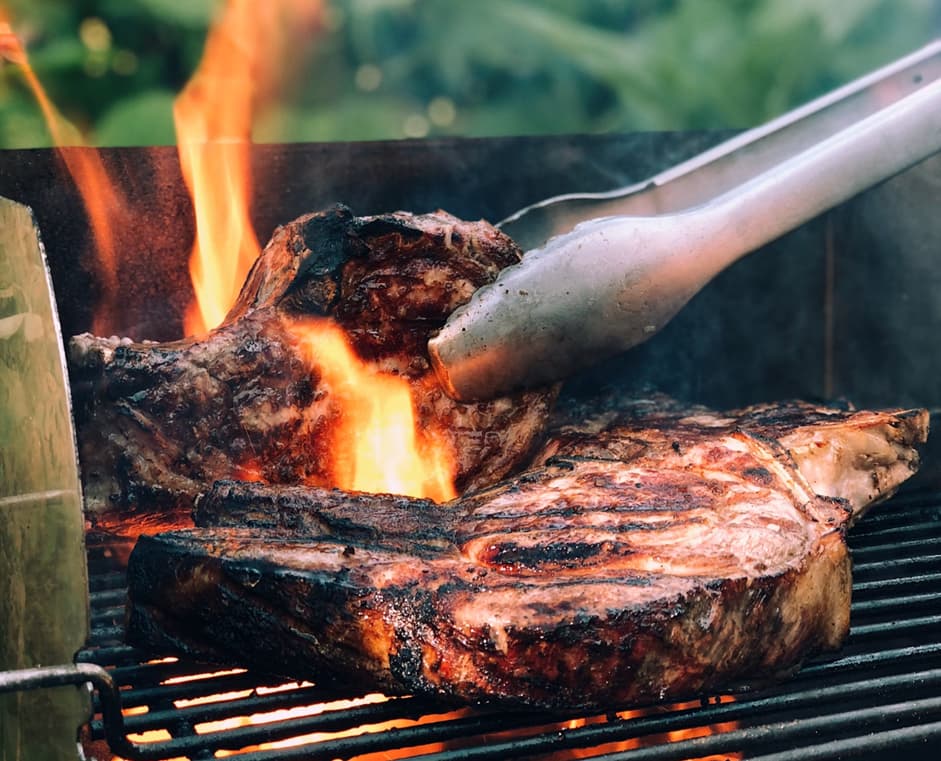
For those looking to take their BBQ skills to the next level, here are some advanced tips from the experts:
The Reverse Sear: A Professional Touch
The reverse sear method is a game-changer for thick cuts of meat. Instead of searing first, start by cooking the meat slowly over indirect heat until it’s just below the desired doneness. Then, finish with a quick sear over high heat. This technique ensures even cooking and a perfectly caramelised crust.
Brining and Marinating: Enhancing Flavour and Tenderness
Brining and marinating are essential for adding depth of flavour and moisture to your meats. A basic brine solution (water, salt, and sugar) helps keep meats juicy, while marinades with acidic ingredients like vinegar or citrus break down tough fibres, making the meat more tender. For the best results, brine or marinate meats for several hours or overnight.
Resting Meat: The Crucial Final Step
After cooking, it’s tempting to dive right into your meal, but allowing the meat to rest is crucial. Resting gives the juices time to redistribute throughout the meat, resulting in a more tender and flavorful bite. For large cuts, rest for at least 10-15 minutes; for smaller pieces, 5 minutes is usually sufficient.
Mastering the art of BBQ requires more than just following recipes; it demands an understanding of the underlying techniques and the patience to perfect them. By choosing the right equipment, managing your fuel, and employing expert techniques like searing, smoking, and the reverse sear, you can elevate your BBQ from ordinary to extraordinary. Whether you’re a seasoned grill master or a novice, these tips will help you create unforgettable meals that showcase the true art of BBQ.
